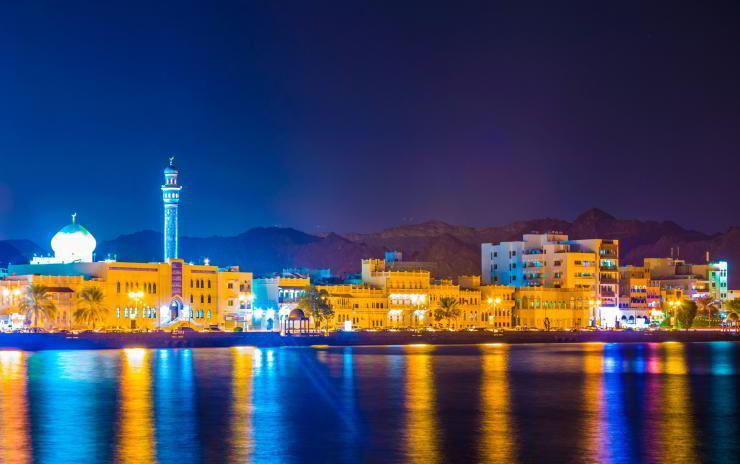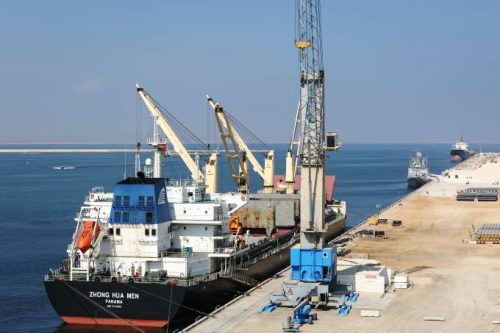Oman’s Aim: Green Hydrogen.

In alignment with the government’s Vision 2040, Oman endeavors to diversify its energy portfolio by establishing Hydrom (Hydrogen Development Oman) and Hyfly (National Hydrogen Alliance), a coalition of public and private entities collaborating to develop green hydrogen production infrastructure and export it to Northern Europe.
Oman’s economy is predominantly reliant on oil and gas production and exports. The Sultanate seeks to diversify its energy sources to counteract the volatility and fluctuations in prices characteristic of the fossil fuel market (as witnessed during the 2020 domestic financial crisis), which are driven by shifts in global economic balance and high costs
of oil and gas extraction – factors that render the development of a
new energy paradigm uncertain.
The country’s decarbonisation policies envisage a gradual and coordinated deployment of public and private investments in wind and solar energy, also utilised for producing green hydrogen – clean energy with a significantly better mass-to-volume ratio than traditional fuels.

Oman Oil Company headquarter building in Muscat. Shutterstock/Philip Lange
Indeed, Oman, via Hydrom, the state body overseeing and facilitating agreements between public and private companies, aims to strengthen the production, storage, transportation, distribution, and domestic utilisation of green hydrogen.
In line with the European Union’s sustainable development goals (Climate Strategy 2030-2050) on energy transition, the dedicated structure (Hyfly) established by the Muscat government for green hydrogen production has attracted interest from Northern European nations seeking to diversify their supply sources. The Netherlands and Germany were the first to sign a joint development agreement with Oman. This agreement will establish the first maritime corridor for the international transport of liquid hydrogen.
The hydrogen will depart from the port of Al Duqm en route to Amsterdam, where it can be distributed through an integrated network of pipelines, rail links, and barges to reach the logistics hub of Duisburg and other off-takers. Through intergovernmental accords and private investment, attracted by flexible tender procedures for developing production facilities at the Port of Duqm, the Sultanate aims to produce over 1 million tonnes (Mt) of green hydrogen annually by 2030 and capture 61% of the Middle East’s hydrogen export market.

The Port of Duqm. Hydrogen will leave Al Duqm for Amsterdam, then Duisburg, via pipelines, rail and barge. Shutterstock/Sebastian Castelier
Oman borders the Indian Ocean and is situated in the Persian Gulf, with the Musandam Peninsula – an exclave whose territorial waters connect with those of Iran via the Strait of Hormuz. This characteristic renders the country a vital partner between Gulf Cooperation Council members and Iran. The region’s infrastructure development, driven by investments in renewable energy and clean hydrogen production, is regarded as strategic by countries on both sides of the Gulf. The Development Road Project – a major port and rail initiative – will connect Turkey and the Persian Gulf via the Iraqi port of Al Faw. The investors’ aim (Oman has expressed significant interest) is to create an alternative route to the Suez Canal. Additionally, the Ashgabat Agreement is of notable importance. This multimodal freight corridor links Oman, Iran, Kazakhstan, Uzbekistan, Turkmenistan, Iran, India, and Pakistan, connecting Asia to the Persian Gulf.
Oman’s capacity to mediate between the West and the East and to broker agreements with both has established it as a reliable, stable, and attractive country in both energy and political spheres. (Open Photo: Muscat. Night view of Muttrah port, one of the region’s largest seaports. Shutterstock/trabantos)
Sante Grande/CgPande/CgP



